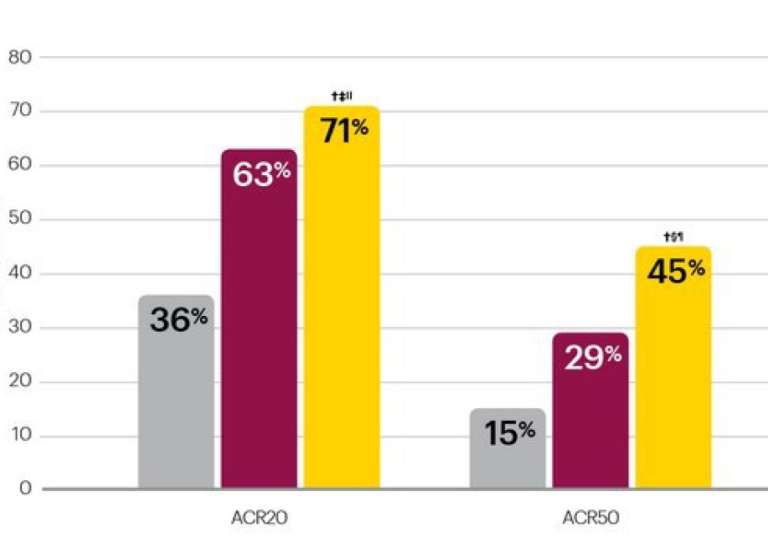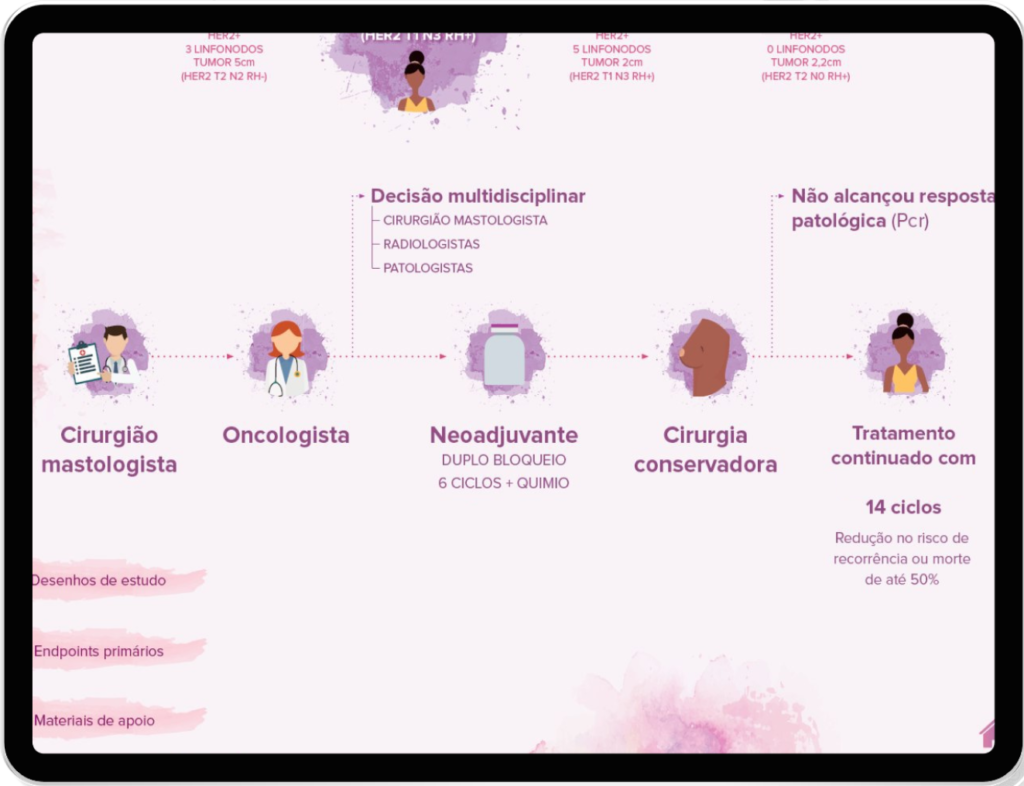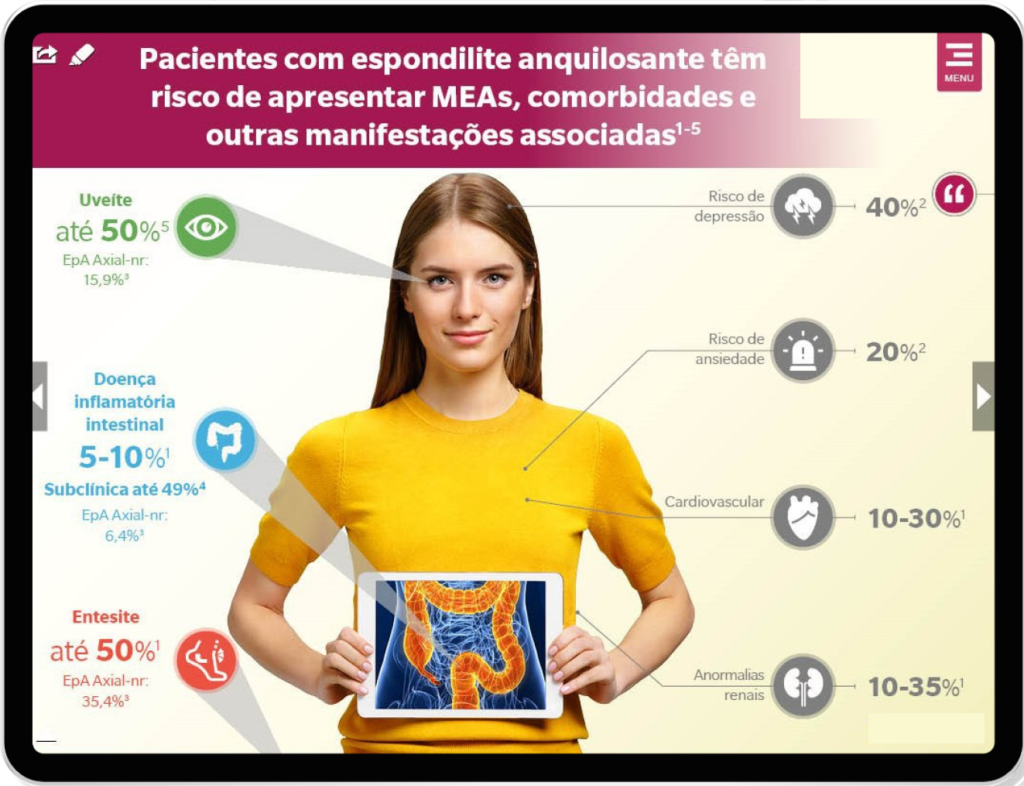Case Study: Medical Visual Aid
The importance of a good showcase experience when selling medical products
Delivering your healthcare-related
products to the right audience
Those who work in the pharmaceutical industry know the importance of the medical representative’s visit to the specialist. Therefore, a strategy to promote a product is the presentation of an impactful Visual Aid.
How do Interactive Visual Aids work?
Interactive medical visual aids serve as instruments or resources utilized to improve communication and comprehension of medical concepts, procedures, conditions, and treatments.
Their purpose is, among other things, to visually depict intricate technical information about medicine, facilitating the understanding and retention of crucial knowledge for healthcare professionals, in order to sell the products. These materials can manifest in diverse forms, including diagrams, charts, models, illustrations, photographs, videos, animations, and interactive scenes.
Processes and Responsibilities
The acuteness of a good
research and information check
Throughout my research and design projects with numerous medical clients, I have consistently emphasized the crucial accuracy of the information incorporated into Visual Aid materials.
These materials often contained highly sensitive data pertaining to life-saving medications and procedures. Any margin of error would have detrimental consequences, jeopardizing the integrity of the entire data visualization process and potentially resulting in misleading statistics and facts, particularly when dealing with global matters.

Designing for fast-pace showcases
In addition to the information-heavy nature of the materials, there were several other factors to consider:
Time Constraints: Company representatives had limited time to present all the necessary information. This demanded concise and focused interactions;
Visual Appeal: Despite the time limitations, it was crucial for the interactive elements to be visually captivating, requiring careful attention to design and aesthetics;
Technical Considerations: Since iPads were utilized for presentations, factors such as screen size, framework, and technical limitations had to be taken into account to ensure optimal performance;
Tailored Approach: Different medical areas required a customized approach, taking into consideration the specific mindset and needs of the attending doctors. Flexibility and adaptability were key in addressing diverse specialties.
A rewarding type of project
Seeing your project helping people’s lives
Engaging in healthcare-related projects not only requires expertise and dedication but also unlocks valuable opportunities for expanding knowledge.
It involves diving into the study of human conditions, including the most uncommon ones, and exploring effective treatment approaches. Thus, a deeper understanding of how people interact with the world is acquired, leading to the design of solutions that can improve users’ lives.
This aspect of working on healthcare projects is incredibly rewarding, as it provides personal and professional growth while making a positive impact on the well-being.



Thank you for reading my case study!
Want to work with me? Feel free to contact me!